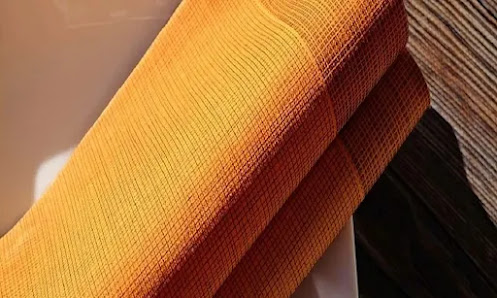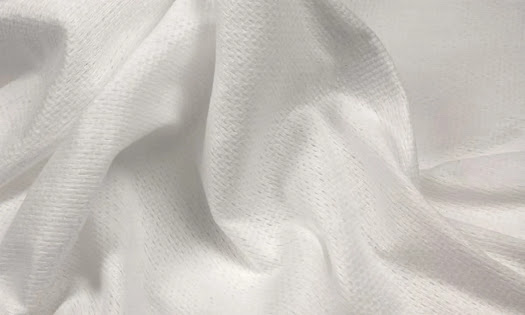Manufacturing Techniques Of Non-Woven Composites

A composite is the combination of multiple resources in different forms that can be used for many purposes. It involves two or more different materials created with a certain external form or shape and a certain internal structure. These composites are specially designed to create unique performance characteristics and mechanical properties. Non-woven composites have more demand in various industries like medicine, automotive, building and construction and many more. The manufacturing of non-woven products follow two important steps: the web bonding method and the fiber web forming that will influence the final product’s characteristics. The web-forming method blends two or more fibers to enhance the final product’s characteristics. The non-woven manufacturing process involves the combination of any webs of wet-laid, spunbond, dry-laid, melt-blown, and other webs to produce the non-woven composites . Further, two or more non-woven webs layers are included in the lamination,...
